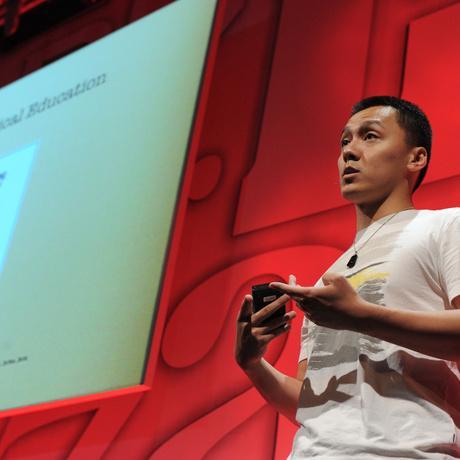Anti-Snoozer
- 0 Collaborators
It's a facial detection system for when people are falling asleep at the wheel. ...learn more
Overview / Usage
Anti-Snoozer is a facial detection system for when people are falling asleep at the wheel. You have a camera, ideally on your dashboard, that detects when you’re rapid blinking, when your eyes are closing, when you’re yawning, as well as when you’re looking around too much.
When that’s detected, a sound alarm is activated, as well as the car’s hazard lights (if you have access to that) to warn the other drivers. In order to stop it, you can either look directly at the road, or raise your hand to signal, like in a boxing match, to stop the annoying sounds. There are other features, like text messages, that are sent to your loved ones, but those aren’t immediate feedback that you can have.
It consists of an Intel® RealSense™ camera on the dashboard and an Intel® Edison chip, which gives you all of the alarms. In the center is a computer. For this one, we use a thing called NUC. It’s just a “next unit of computing,” a tiny little computer—a Mac mini is probably the easiest comparison. It runs the operating system that can run the software, and it can be mounted anywhere. Ideally this would be integrated inside the car, and not as a third-party product.
They open sourced the whole technology, so anyone who wants to can play with the technology or build one for themselves. There are two chips inside.
The first chip is the Haswell chip that’s in all of our computers. The 3D camera does require a lot of processing power, because we’re doing facial recognition and we’re doing voice synthesis, but without the Internet. Normally, on something like your phone, voice-to-text and text-to-voice involves sending the file off to be processed and getting something back, but we want to do all that processing on board, so it took a pretty powerful chip.
The second chip is an Edison chip that comes from the Internet of things. If you use the camera as a sensor and you’re sensing “drowsy,” you need to set some alarms in order to attempt to wake the user. The Edison chip is used for that. It can connect via USB and send out alarms—noise, but you could also vibrate the chair or the wheel if it’s integrated in the car itself.











